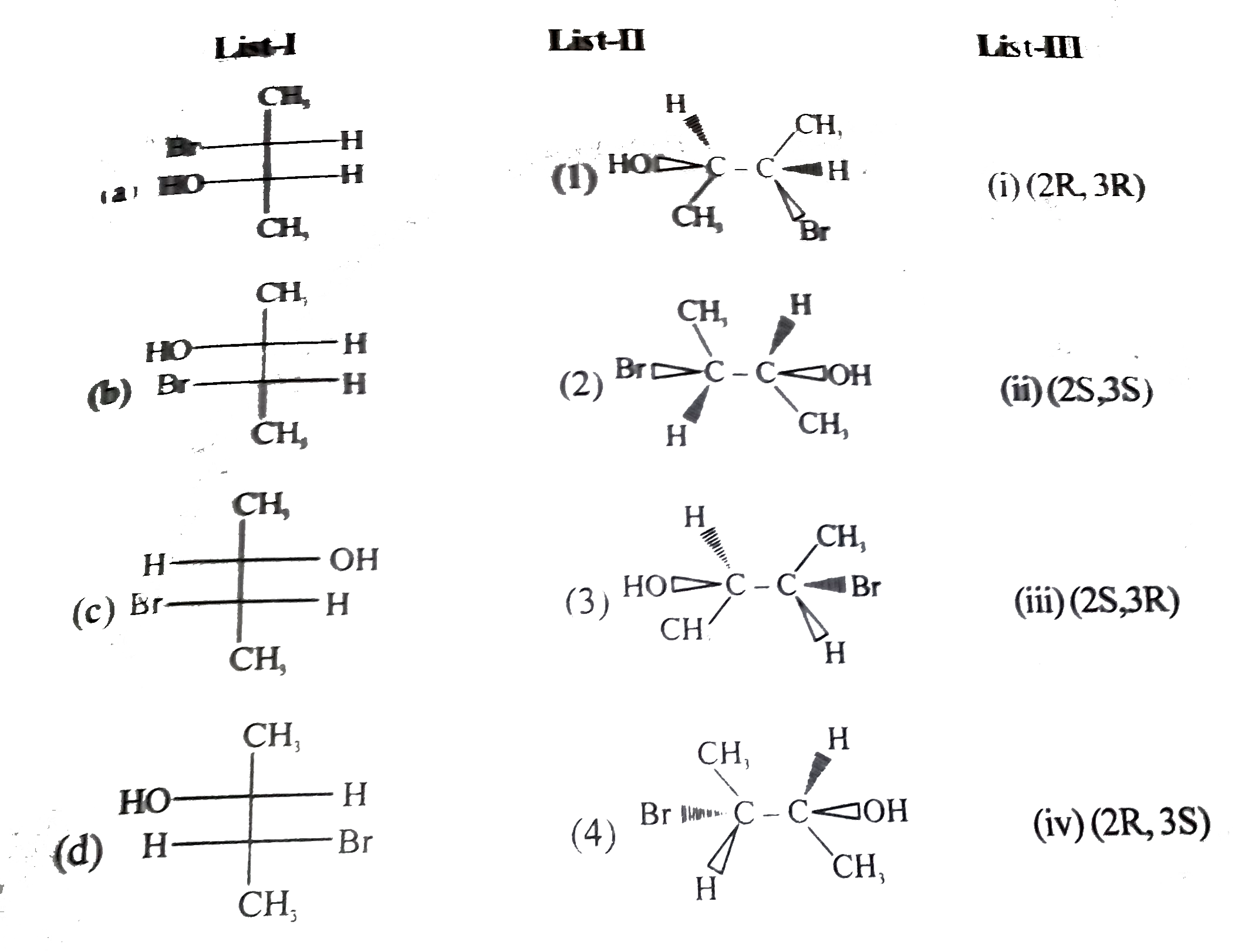Match the following
List - IList - II1) TrichomesI) Cambium2) Root hairsII) Leaves3) MesophyllIII) Unicellular4) DicotyledonousIV) Epidermal hairs stemSolution in Telugu
ABCDIVIIIIII
ABCDIIIIIIIV
ABCDIIIIVIII
ABCDIIIIVIII
The correct Answer is:A
Step by step video, text & image solution for Match the following {:("List - I","List - II"),("1) Trichomes","I) Cambium"),("2) Root hairs","II) Leaves"),("3) Mesophyll","III) Unicellular"),("4) Dicotyledonous","IV) Epidermal hairs stem"):} by Biology experts to help you in doubts & scoring excellent marks in Class 11 exams.
Topper's Solved these Questions
- BOOK - AAKASH SERIESCHAPTER - HISTOLOGY AND ANATOMY OF FLOWERING PLANTSEXERCISE - EXERCISE - III (PREVIOUS AIPMT/NEET QUESTIONS)24videos
HISTOLOGY AND ANATOMY OF FLOWERING PLANTS
- BOOK - AAKASH SERIESCHAPTER - HISTOLOGY AND ANATOMY OF FLOWERING PLANTSEXERCISE - EXERCISE - I (SECONDARY GROWTH)45videos
HISTOLOGY AND ANATOMY OF FLOWERING PLANTS
- BOOK - AAKASH SERIESCHAPTER - ENVIRONMENTAL ISSUESEXERCISE - Exercise-III (Previous AIPMT/NEET Questions)41videos
ENVIRONMENTAL ISSUES
- BOOK - AAKASH SERIESCHAPTER - HUMAN HEALTH DISEASEEXERCISE - EXERCISE - III (PREVIOUS AIPMT/NEET QUESTIONS)49videos
HUMAN HEALTH DISEASE
Similar Questions
Cortex is the region found between
02:07View SolutionDedifferentiation occurs during the formation of
View SolutionWhich of the following in sewage treatment removes suspended solids ?
View SolutionMALT constitutes about percent for the lymphoid tissue in human body.
01:45View SolutionMatch list I with list II and select the correct answer using the codes given below the lists. {:("List I (Ore)","List II (Metal)"),("(i) Dolomite","(ii) Copper"),("(ii) Chalcopyrite","(ii) Lead"),("(iii) Pyrolusite", "(iii) Magnesium"),("(iv) Galena", "(iv) Manganese"):}
03:35View SolutionMatch List -I , List -II & List -III:
 01:38View Solution
01:38View SolutionMatch the List-I with List-II and List-III:
01:14View SolutionMatch the List -I with List -II and List -III :
02:14View SolutionMatch the List-I with List-II and List-III:
 03:21View Solution
03:21View SolutionOn stem the epidermal hairs are called:
02:00View SolutionUnicellular and unbranched epidermal hairs are seen in the
03:21View SolutionMatch Column-I with Column-II and choose the correct option.
Column - IColumn - IIP. Lipase(i) StarchQ. Pepsin(ii) CasseinR. Rennin(iii) ProteinS. Ptyalin(iv) Lipid01:01View SolutionMatch the List I and List II : {:("List I","List II"),("(Name of bone)","(Number of Bones)"),("1. Fore limb","(i) 2"),("2. Skull","(ii) 2"),("3. Pectoral girdle","(iii) 29"),("4. Pelvic girdle","(iv) 60"):}
02:13View SolutionMatch the List I and List II {:("List I (Common Name)","List II (Genus)"),("1. Dog","(i) Bos"),("2. Cat","(ii) Canis"),("3. Lion","(iii) Felis"),("4. Cattle","(iv) Leo"):}
02:01View SolutionMatch the List I and List ll {:("List I (Name)","List II (Phylum)"),("1. Cockroach","(i) Mollusca"),("2. Earthworm","(ii) Arthropoda"),("3. Frog","(iii) Annelida"),("4. Snail","(iv) Chordata"):}
02:30View Solution

